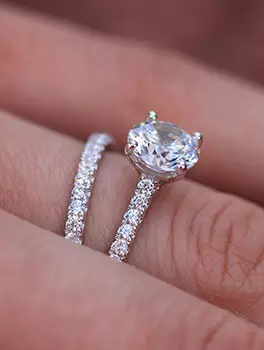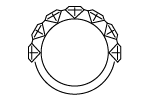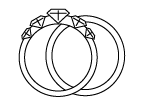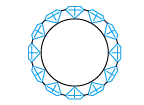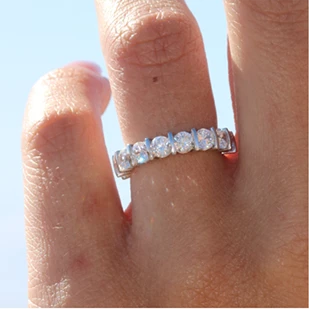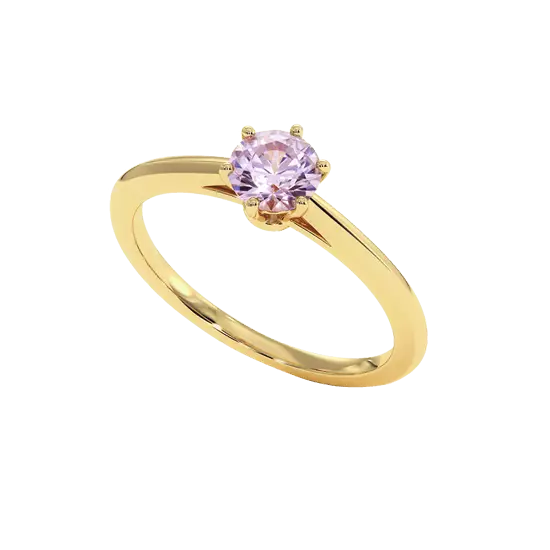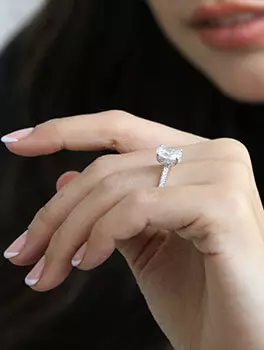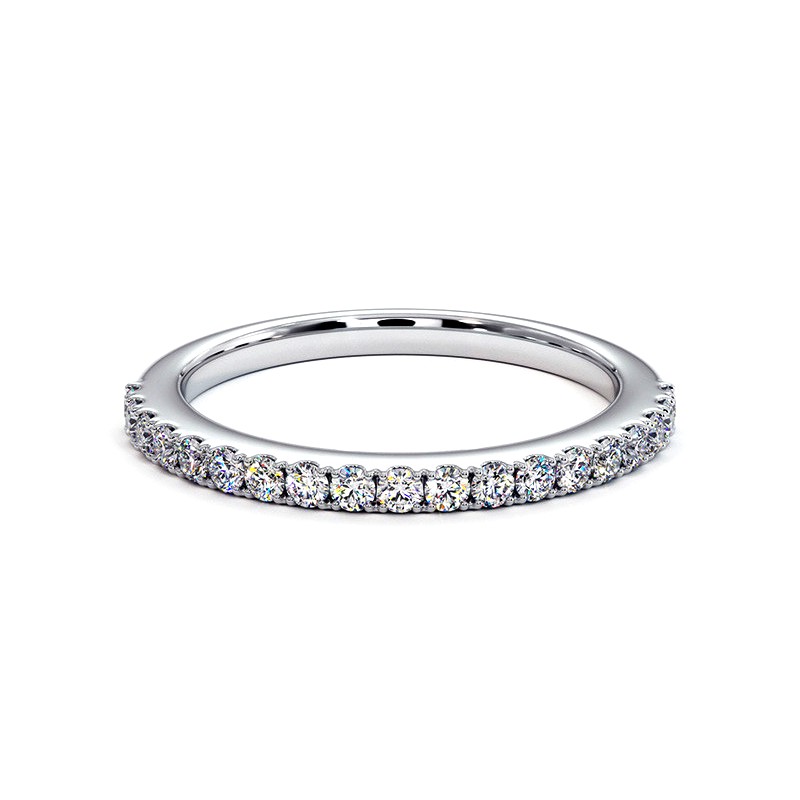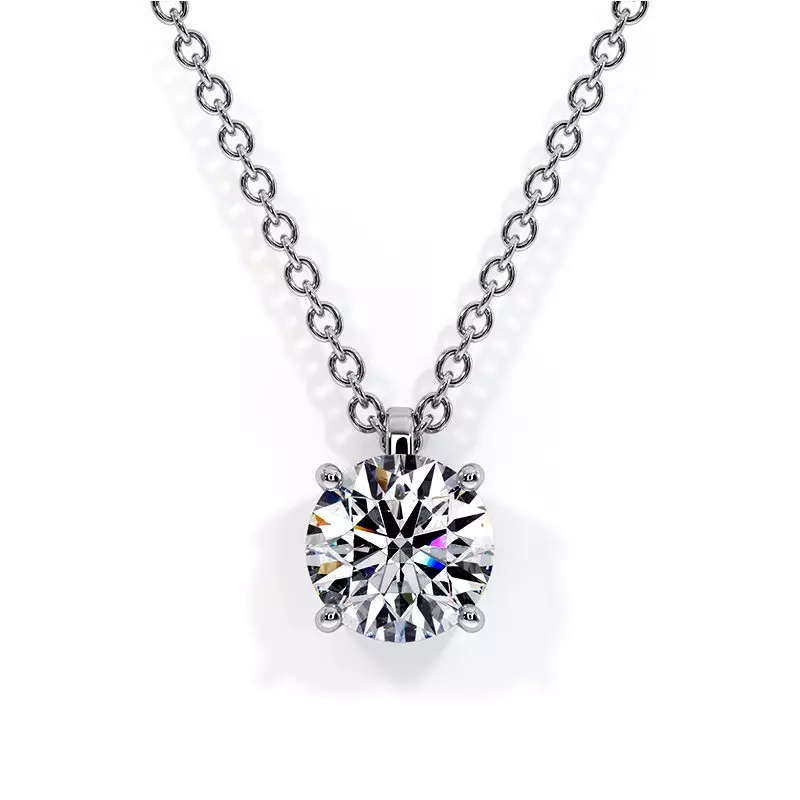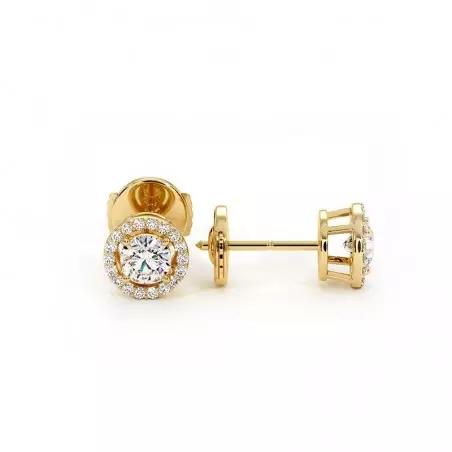Helix Piercing: Everything to know about the pain, healing and jewelry
 ,
Know your jewelry
,
Know your jewelry

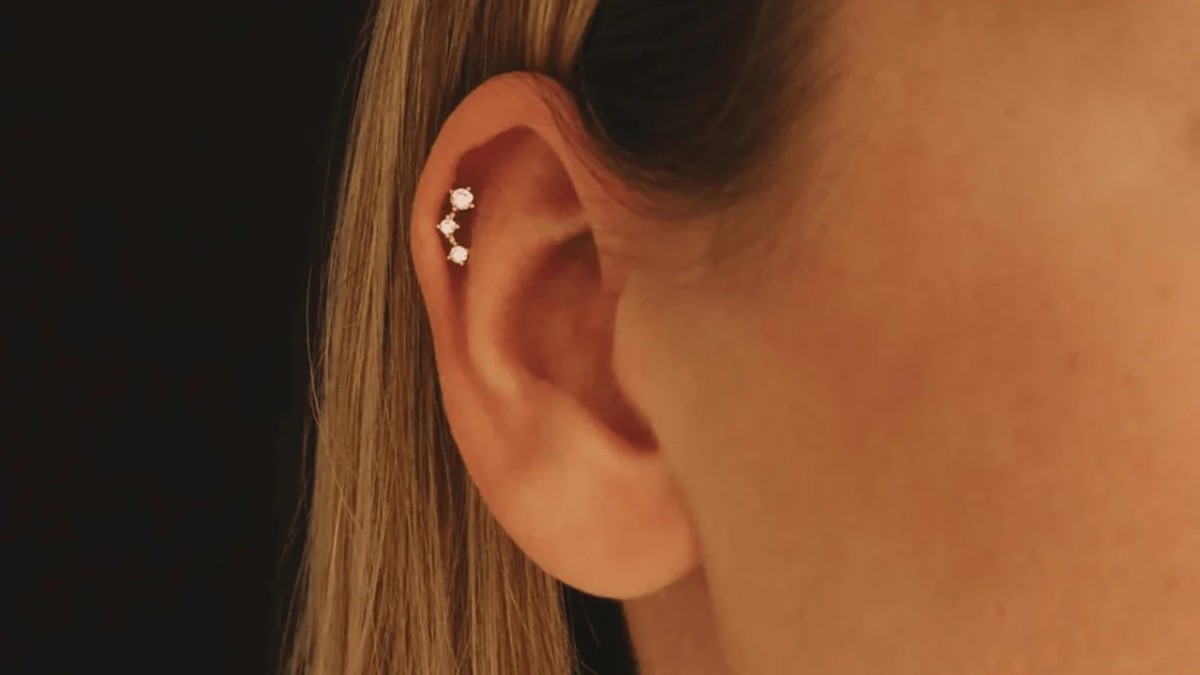
The helix piercing is one of the most popular and trendy piercings for several years. Made on the upper part of the ear cartilage, it seduces with its discreet, modern and customizable look. Whether you choose a thin ring, a diamond-set labret or a more daring piece, the helix piercing offers many possibilities to enhance the ear. But before taking the plunge, it is important to be well informed: pain, healing, care and choice of jewelry, each step counts to successfully get a helix piercing without risk.
What is a helix piercing?
The helix piercing (or helix cartilage piercing in English) refers to a piercing made in the upper cartilage of the ear. Unlike the lobe, which is more flexible and heals quickly, the helix ear requires more healing time and requires appropriate care. It is particularly appreciated for its aesthetic and trendy side, as it can be worn alone or in accumulation with other piercings, thus creating a unique composition. Versatile, it allows you to choose between several types of jewelry: rings, labrets, bars or even models set with precious stones.
Does the helix piercing hurt?
The question of pain often comes up when talking about the helix piercing. The sensation depends on several factors: individual tolerance to pain, the thickness of the cartilage and the experience of the piercer. As a rule, the pain is bearable, but slightly more intense than for a lobe piercing due to the cartilaginous area. Most people describe the helix piercing pain as a sharp but quick discomfort, comparable to a slightly more marked sting. After the piercing, sensitivity or slight swelling may persist for a few days, which is perfectly normal.
Healing of the helix piercing (duration, steps, care)
The healing of the helix piercing is longer than that of a lobe piercing, because it involves the cartilage. On average, it takes 6 to 12 months for complete healing. However, the duration can vary depending on hygiene, regularity of care and individual sensitivity.
Healing stages:
- The first weeks: redness, sensitivity and swelling around the helix piercing are normal.
- From 1 to 3 months: the area begins to calm down, but remains fragile.
- Up to 12 months: internal healing continues, even if the piercing seems visually healed.
Essential care:
- Clean the helix piercing twice a day with a saline solution or a suitable spray.
- Avoid touching the jewelry with unwashed hands.
- Do not change the jewelry too early, so as not to slow down the helix piercing healing.
- Sleep on the opposite side to limit friction and promote healing.
A good helix piercing care routine is essential to prevent infections and ensure optimal healing.
Which jewelry to choose for a helix piercing?
The choice of jewelry is a key step after getting a helix cartilage piercing. The jewelry must be both aesthetic and suitable so as not to compromise the healing.
- Initial jewelry: when piercing, it is recommended to opt for a labret or a small straight bar in titanium or gold 18K. These hypoallergenic materials reduce the risk of irritation and promote healing.
- After healing: once the area is completely healed, the possibilities are multiple:
- Rings: very popular for helix piercing, they bring a modern and minimalist style.
- Labrets set with stones or diamonds: for a refined and luminous finish.
- Chains and creative jewelry: for a trendy look in accumulation with other piercings.
In summary, always prioritize quality materials (titanium, 18K gold, platinum) to avoid allergic reactions and ensure the longevity of your helix piercing jewelry.
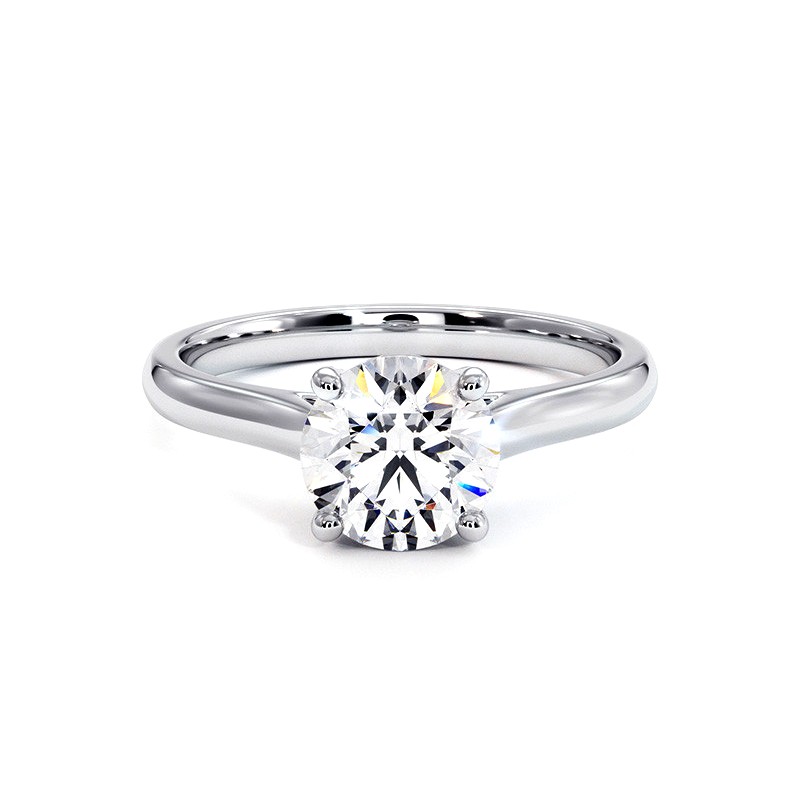

Round Diamond Engagement Ring Promesse
- -15%

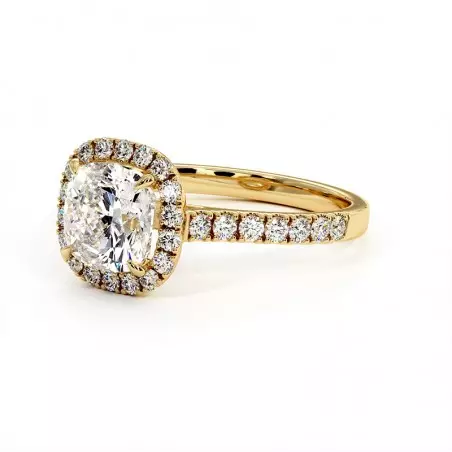
Cushion Diamond Solitaire Ma vie
- -15%
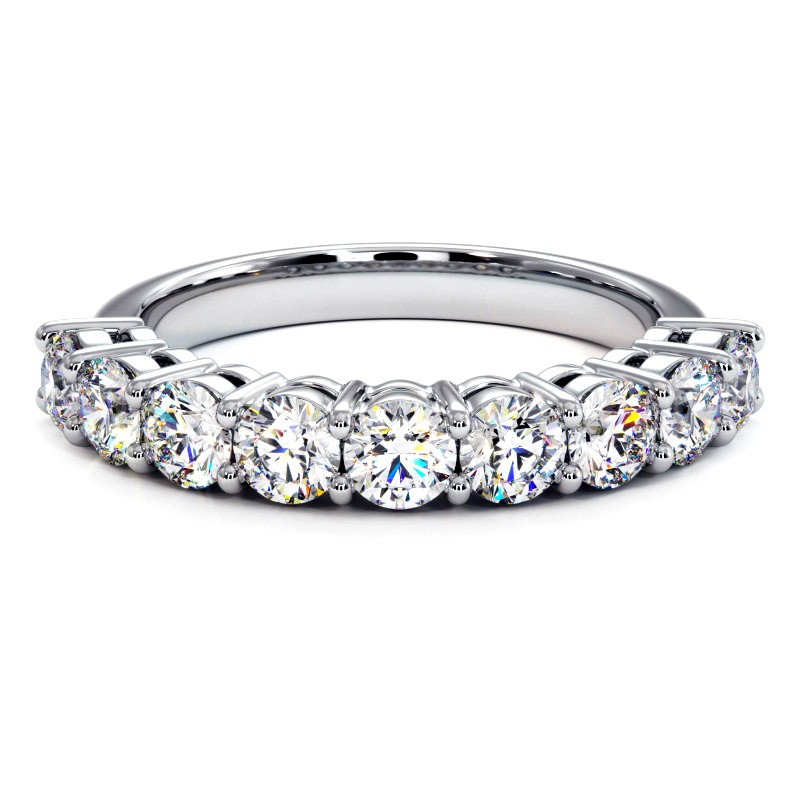

Half Alliance Round Classic Diamonds Promesse
- -15%
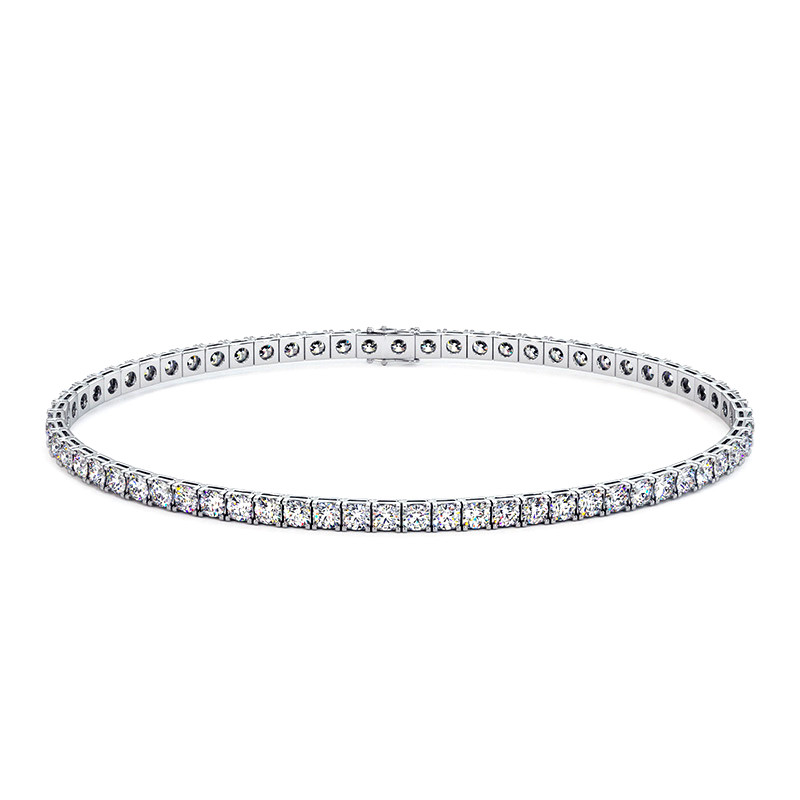

Traditional Round Diamond River Bracelet
- -15%
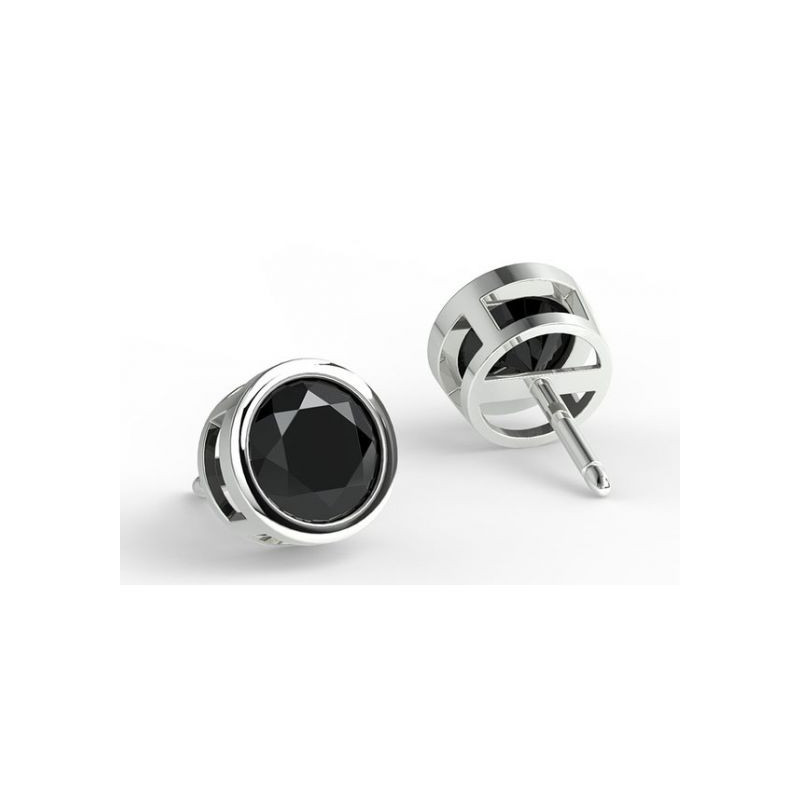

Black Diamond Stud Earrings
- -15%
Risks and precautions to take
Like any piercing, the helix piercing comes with certain risks that are important to know before getting one. Since the cartilage area is more sensitive, it heals more slowly than the lobe and can be more reactive to irritation.
- Infections: they often appear in case of poor maintenance or handling with dirty hands.
- Prolonged pain: persistent helix pain can signal irritation or inflammation.
- Keloids and growths: small balls of flesh that can form around the piercing if healing is disturbed.
- Rejection or migration of the jewel: rare, but possible if the jewel is not suitable or of poor quality.
To minimize these risks, it is essential to entrust the installation to a professional piercer, to respect the care of the helix piercing and not to change the jewel too quickly.
Tips for maintaining your helix piercing
Good maintenance is the key to successful helix healing. Here are some practical recommendations:
- Clean regularly with a sterile saline solution or a specific spray, twice a day.
- Avoid aggressive products like alcohol or hydrogen peroxide, which slow down healing.
- Do not unnecessarily touch the jewel to limit the risk of contamination.
- Sleep on the other ear to reduce friction and pressure.
- Change your pillowcase frequently to maintain optimal hygiene.
- Wait for complete healing before replacing the jewel, so as not to compromise the healing process.
Regular maintenance not only guarantees faster helix piercing healing, but also a lasting aesthetic result.
FAQ – Helix Piercing
- How long does a helix piercing take to heal?
The healing of a helix piercing takes on average 6 to 12 months, depending on the care provided and the sensitivity of each individual. It is essential to maintain good hygiene and avoid changing jewelry too early. - Does a helix piercing hurt?
The pain of a helix piercing is generally bearable. It is more pronounced than for a lobe piercing because it affects the cartilage, but it remains brief and comparable to a more intense sting. - What jewelry to put after a helix piercing has healed?
Once healed, the helix piercing can accommodate different jewelry: rings, labrets, bars or models set with stones. Prefer quality materials such as 18K gold, titanium or platinum to avoid irritation. - Can a helix piercing be easily removed?
It is possible to remove a helix piercing yourself if the healing is complete, but it is recommended to consult a piercer in case of difficulty. Never remove the jewelry too early, this could close the hole or cause an infection.
Conclusion
The helix piercing is appealing for its aesthetics and versatility, but it requires some patience and appropriate care. The pain is generally bearable, but the healing can take several months, hence the importance of respecting precautions and choosing quality jewelry such as 18K gold or titanium.
By following these tips, you will put all the chances on your side for your helix piercing to remain a real style asset, without complications. Take the time to properly maintain your helix piercing and do not hesitate to consult a professional in case of doubt.


Round Diamond Engagement Ring Promesse
- -15%


Cushion Diamond Solitaire Ma vie
- -15%


Half Alliance Round Classic Diamonds Promesse
- -15%


Traditional Round Diamond River Bracelet
- -15%


Black Diamond Stud Earrings
- -15%























